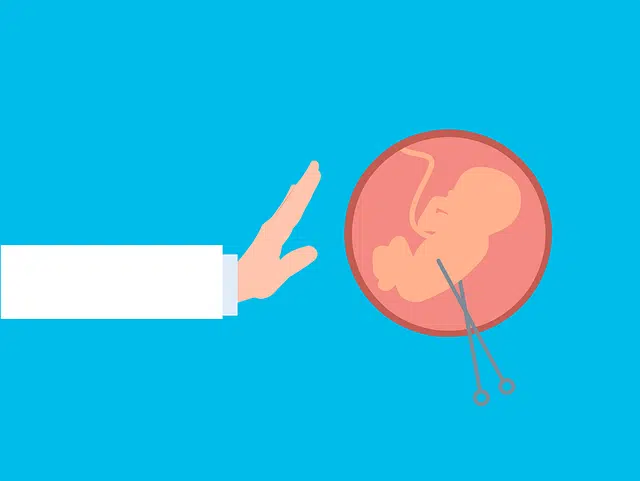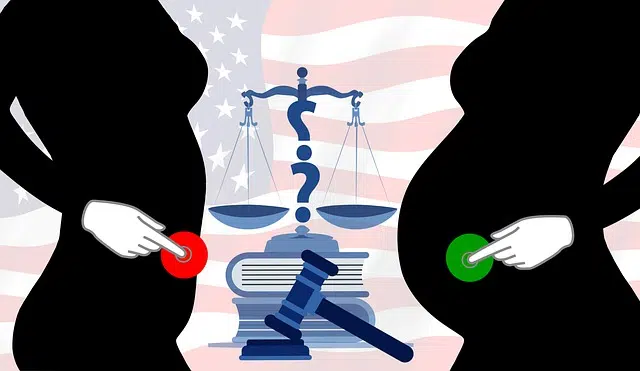
Abortion involves the interruption of the development of the pregnancy, making birth impossible.
The word abortion comes from the Latin abortus , which in turn derives from the term aborior . This concept was used to refer to the opposite of orior , that is, the opposite of being born . Therefore, abortion is the interruption of the development of the fetus during pregnancy , when it has not yet reached twenty weeks. Once that time has passed, the termination of the pregnancy before delivery is called preterm delivery .
Simply put, abortion involves terminating the pregnancy , preventing the fetus from developing and giving birth to a child. For example: "The singer confessed that, when she was young, she underwent an abortion" , "The Church ratified its firm condemnation of abortion" , "Justice authorized the abortion of the girl raped by her stepfather" .
Types of abortion
There are two types of abortions: spontaneous or natural , and induced . Spontaneous abortion occurs when a fetus is lost due to natural causes. Statistics indicate that between 10% and 50% of pregnancies end due to a natural abortion, which is usually conditioned by the health and age of the mother.
Induced abortion , on the other hand, is one deliberately caused with the aim of eliminating the fetus, whether with or without medical assistance. It is estimated that around 46 million women resort to this practice each year around the world. Of that total, nearly 20 million perform unsafe abortions, which put the woman 's life at risk.

The right to voluntary abortion is often a matter of debate.
Voluntary termination of pregnancy
In the event that the abortion is induced and through the necessary medical assistance, it must be emphasized that it follows various procedures that assume that they are undertaken with all the guarantees for the patient. Thus, in the medical centers that are going to perform the operation, a series of vital and prior steps are followed, such as data collection, ultrasound, analysis, psychosomatic consultation and the well-known and necessary medical examination.
These steps are also those undertaken in patients who are in the second trimester who routinely undergo the dilation and evacuation technique. A procedure that is characterized, among other things, because it is little harmful to the woman, which means that even on the same day of the intervention she can go home without having to be hospitalized.
Likewise, to the types of abortion mentioned, we must also add what is known as pharmacological abortion, which is based on the use of mifepristone or RU 486. This medication frequently needs to be complemented by instrumental support, specifically with what is known as scraping.
Likewise, it is important to emphasize that the woman who takes this drug must be aware of the set of symptoms she will have, which are similar to those suffered by any woman who has a spontaneous abortion. Among them you can find bleeding, severe menstrual pain, vomiting, diarrhea or fever.
Abortion in legislation
Most national legislation distinguishes between two types of induced abortions: therapeutic and elective. Therapeutic abortions are justified based on the intention to preserve the life of the mother who, if the pregnancy continues or the birth occurs, could be at risk. This type of abortion is also ordered by a doctor when the unborn baby has a serious genetic or congenital disease.
Elective abortions , on the other hand, are usually decided when the pregnancy is caused by a sexual crime (rape) or when the woman cannot or does not wish to support her child for economic and social reasons. In most countries, this practice is prohibited by law with the exception of certain cases (rape of a minor, for example).
